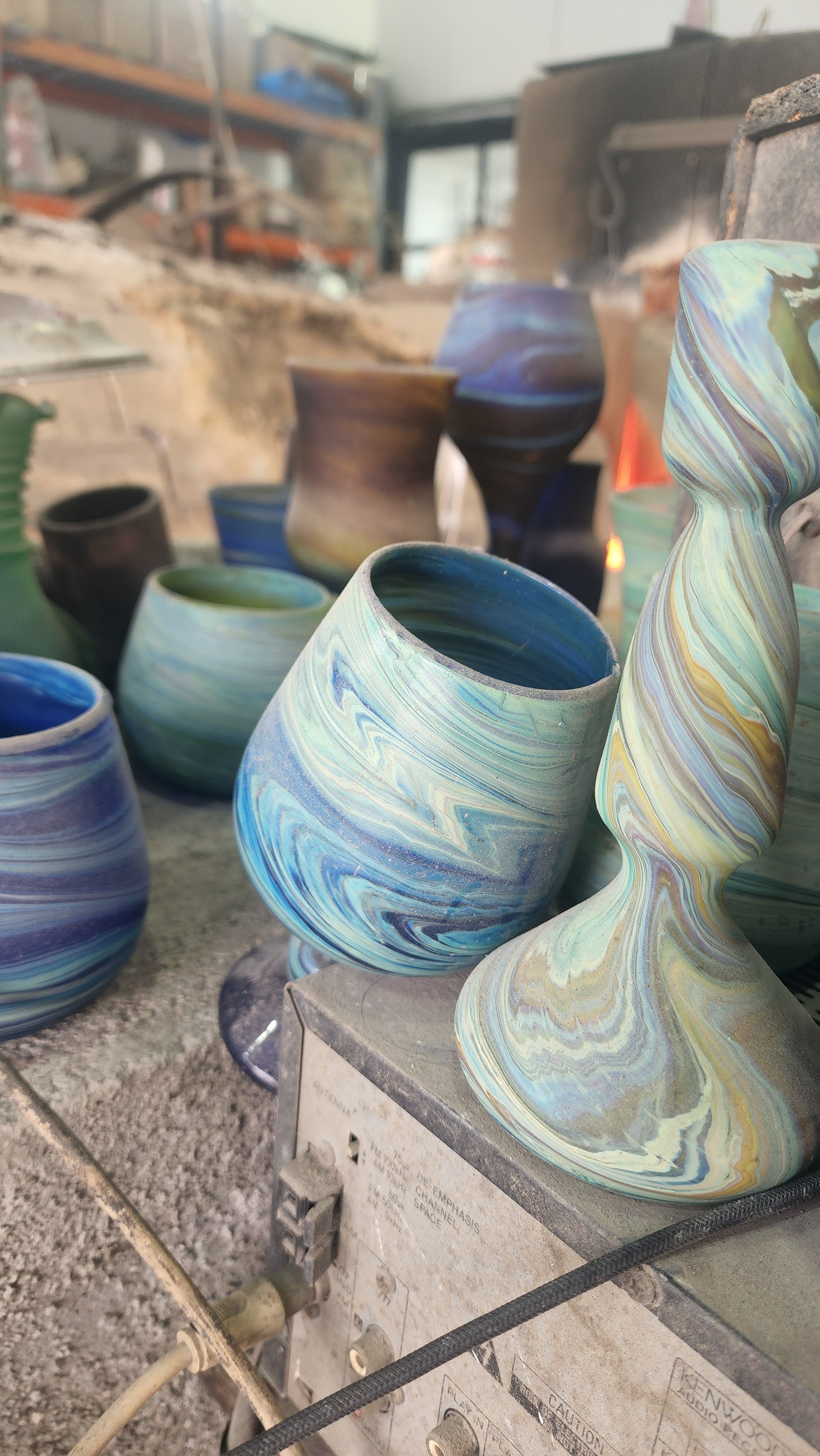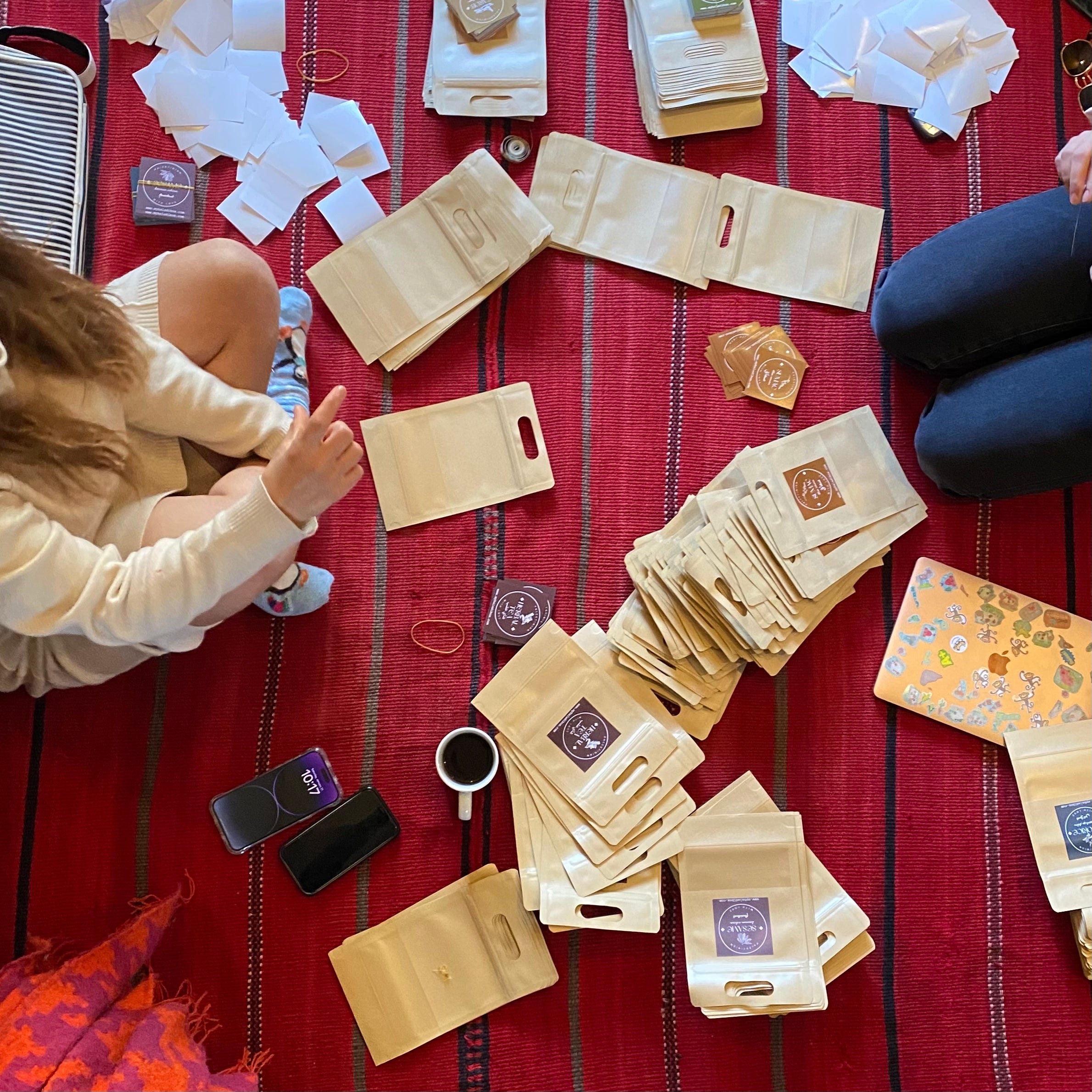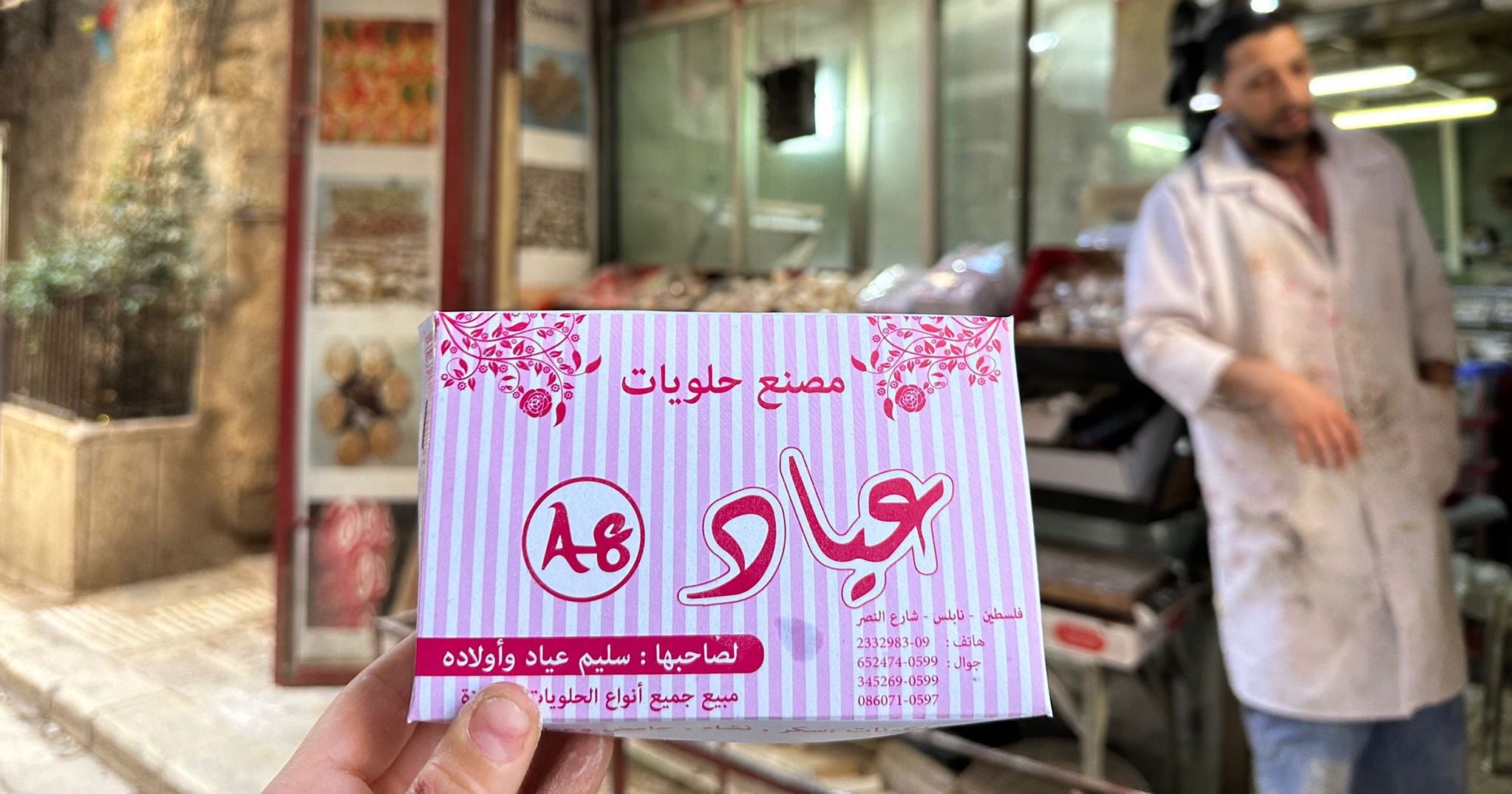
A Look into the Meaningful History Behind Handmade Glass from Hebron
For centuries, the art of glassmaking has been an important form of expression and tradition in Hebron. With its distinctive swirls and centuries-old methods of tried-and-true artistry, glass from Hebron is a uniquely functional, meaningful, and sustainable product.
This art form embodies a vast and dynamic history with its Phoenician and Roman origins. As it evolved and took root in Hebron over many years, the practice made a way to sustain the heritage and livelihoods of glassmakers to this day.
The practice of glassmaking in Hebron was established during the Roman rule, especially as the Phoenician glassmaking industry migrated toward the city. Starting around 50 B.C.E., the Phoenician practice of “free-blowing” created a method where a glassmaker shaped the material by blowing air into glass instead of using a mold. This development in glassmaking made the practice in Hebron cutting edge. Since then, glassmaking in Hebron has utilized this method to showcase the distinct patterns and materials that make up these products!

Hebron was also an ideal location to set up shop for the glassmaking industry because of the city’s proximity to desirable materials like sand and soda ash from the Dead Sea. During these early years, a combination of this new glass-blowing technique and the city’s history as a religious and mercantile site brought about many travelers who were able to get their hands on their own piece of glassware from Hebron.
Now, glasswork from Hebron continues to be an art form that has sustained local families’ livelihoods. In fact, the Natsheh family has become one of the most influential glassmaking families in Hebron, with experience in the art form dating back for centuries. The family uses the Phoenician method of free-blowing in their factory, so this historical practice lives on!
The materials that make up this beautiful glass has changed over the years, which proves how these glassmaking families are dedicated to evolving their practices to keep the art form alive. While glassmakers used materials like sand in the early years, most of the glassware made in Hebron is now made from broken glass. This change has introduced sustainable practices like recycling into the art form, making the glasswork that much more meaningful and unique.
With its distinct swirls, colors, and designs, glassmaking in Hebron continues to be an art form that catches the eye. Some artisans have even used liquid silver in their glass to give it a special design! The artistry of this glass showcases a gorgeous tradition that is impossible to ignore.
For centuries, glassware from Hebron has made a mark across the globe. Even now, this industry has become a community of glassmakers with a rich history of change, creativity, and beauty.
And while we don't carry this glass online (we are very sorry and hope to soon!), we are proud to share with you this beautiful, traditional craft of Palestine.






Leave a comment
This site is protected by hCaptcha and the hCaptcha Privacy Policy and Terms of Service apply.